At its core, fine art photography transcends the mere representation of reality. It goes beyond capturing the image in front of the lens and delves into the realms of imagination, symbolism, and personal interpretation. By employing different techniques, compositions, and perspectives, photographers create images that evoke emotions, challenge societal norms, and provoke thought.
The Power of Composition
Composition plays a paramount role in fine art photography, allowing photographers to communicate their intended message and create a powerful visual impact. By carefully arranging elements within the frame, they guide the viewer’s gaze, evoke different emotions, and convey specific narratives.
Key Takeaways:
- Composition is a powerful tool used in fine art photography to convey messages and evoke emotions.
- Professional photographers use techniques such as the rule of thirds, leading lines, and symmetry to create impactful compositions.
- The way elements are arranged within the frame can tell different stories or evoke various moods.
The Role of Intuition
While technical skills are essential, fine art photography relies heavily on intuition and the ability to connect with one’s inner self. It is this inner voice that guides the photographer in making creative decisions, capturing the essence of a moment, or expressing their unique vision.
Key Takeaways:
- Intuition plays a significant role in fine art photography, guiding photographers in capturing profound moments and expressing their artistic vision.
- Being in tune with one’s emotions and surroundings helps photographers to create authentic and meaningful images.
- Developing a personal style requires self-reflection and the courage to embrace one’s individuality.
The Dialogue Between Light and Shadow
Light and shadow are the building blocks of photography, shaping the visual language and creating depth and dimension in fine art photography. The interplay between these two elements can evoke a range of emotions, add drama or mystery, and invite viewers to explore the different layers of meaning within an image.
Key Takeaways:
- Understanding and controlling light and shadow is crucial in fine art photography.
- The use of different lighting techniques can drastically alter the mood and atmosphere of an image.
- Exploring the balance between light and shadow can add depth and visual interest to photographs.
The Quest for Personal Expression
Fine art photography is an expression of the photographer’s unique perspective and voice. It provides a platform for self-discovery, enabling artists to examine personal beliefs and communicate them through their work. By pushing creative boundaries and experimenting with different techniques, photographers can create images that challenge conventional norms and resonate with the viewer.
Key Takeaways:
- Fine art photography encourages photographers to express their individuality and explore their personal beliefs.
- Experimenting with different styles, techniques, and genres helps photographers find their own voice.
- By pushing creative boundaries, photographers can challenge societal norms and provoke thought in the viewer.
Conclusion
Fine art photography is a unique and powerful medium that allows photographers to transcend the boundaries of reality, delve into the depths of their intuition, and create images that speak to the viewer on a philosophical level. Through composition, intuition, the dialogue between light and shadow, and the quest for personal expression, fine art photographers are able to convey emotions, challenge societal norms, and provoke thought. By embracing the philosophical dimensions of this art form, both photographers and viewers alike can embark on a journey of self-discovery and inspiration.
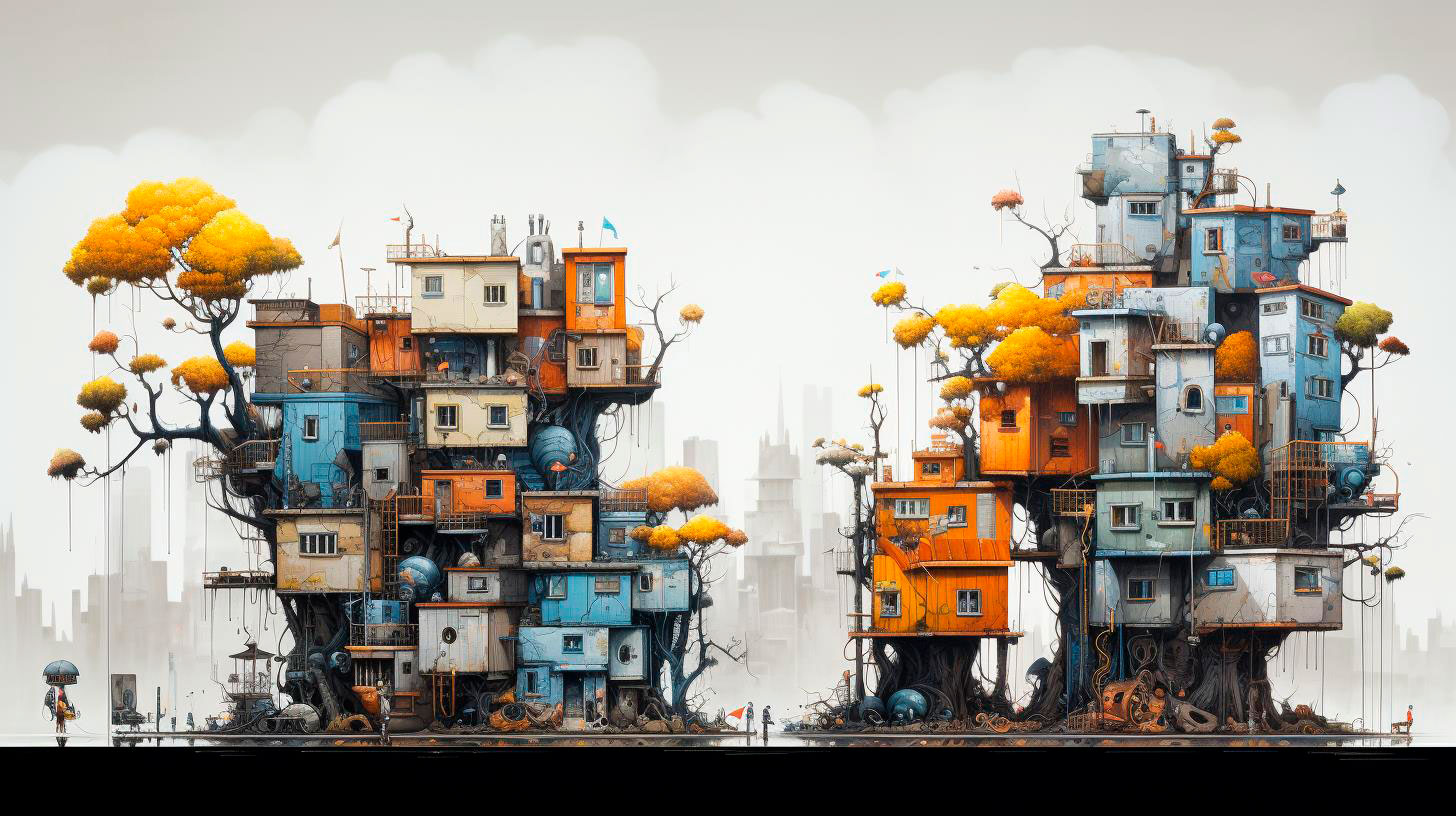






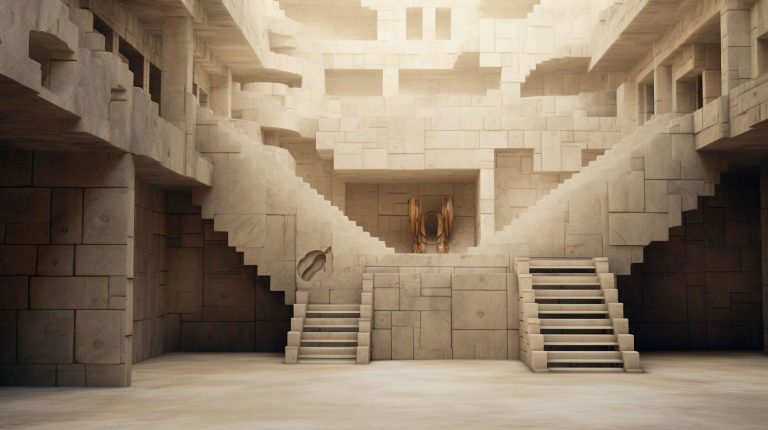
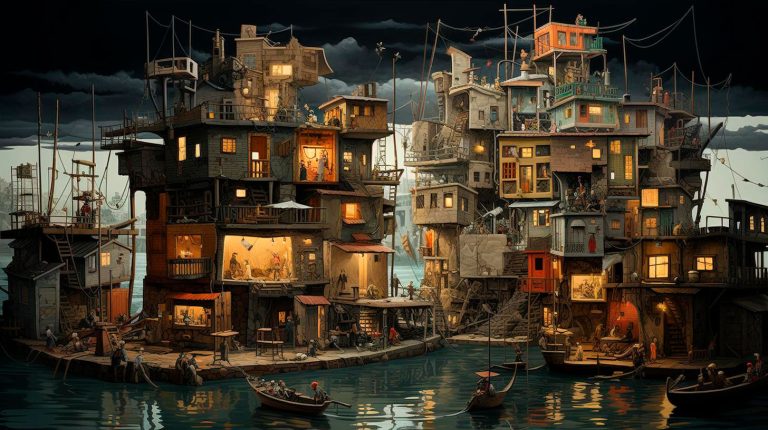

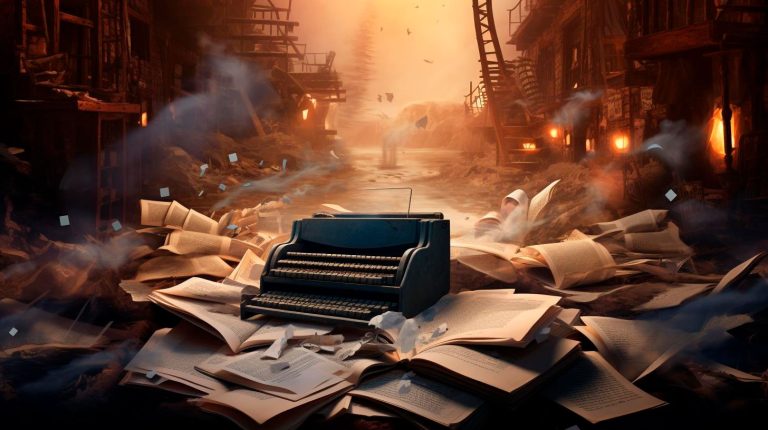

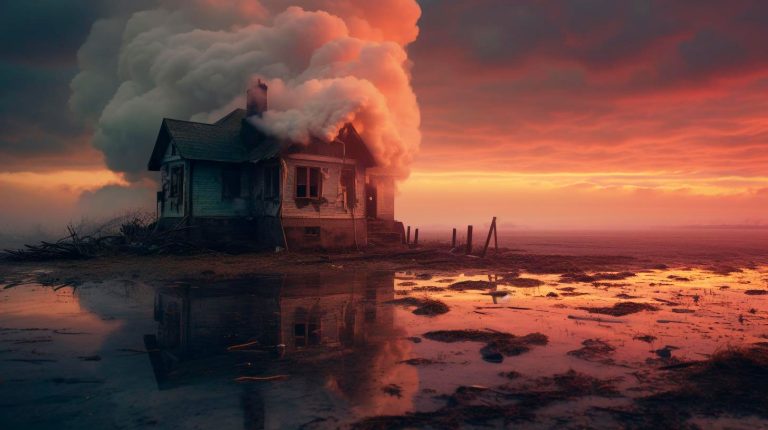











+ There are no comments
Add yours